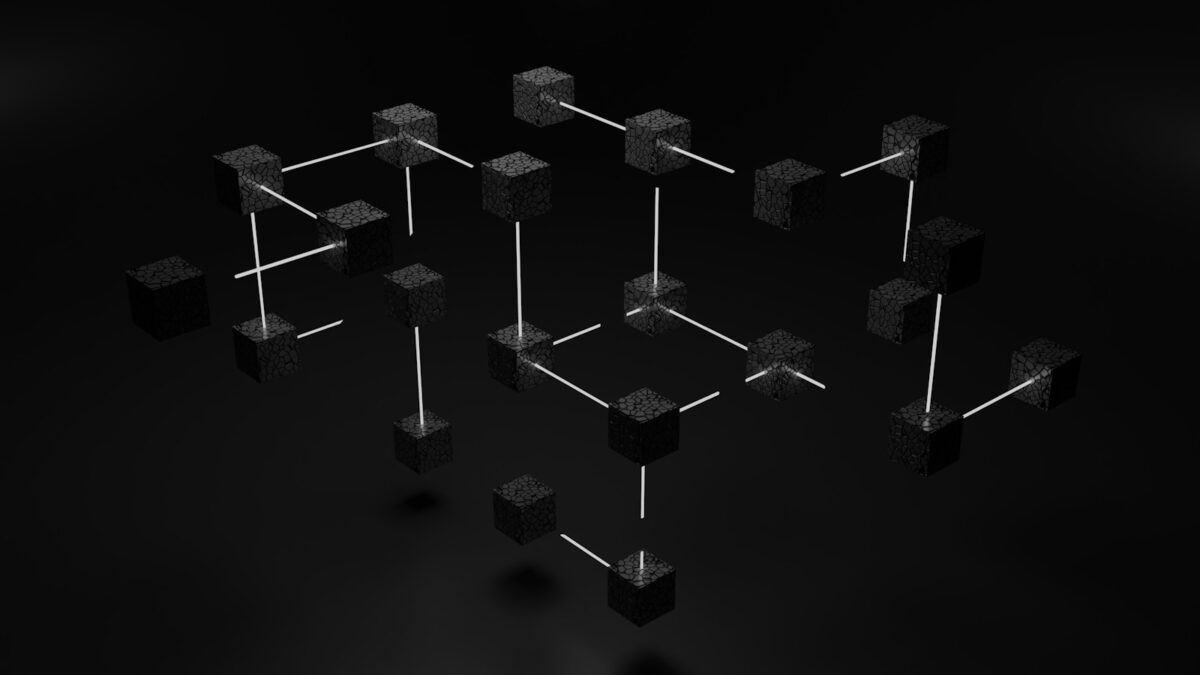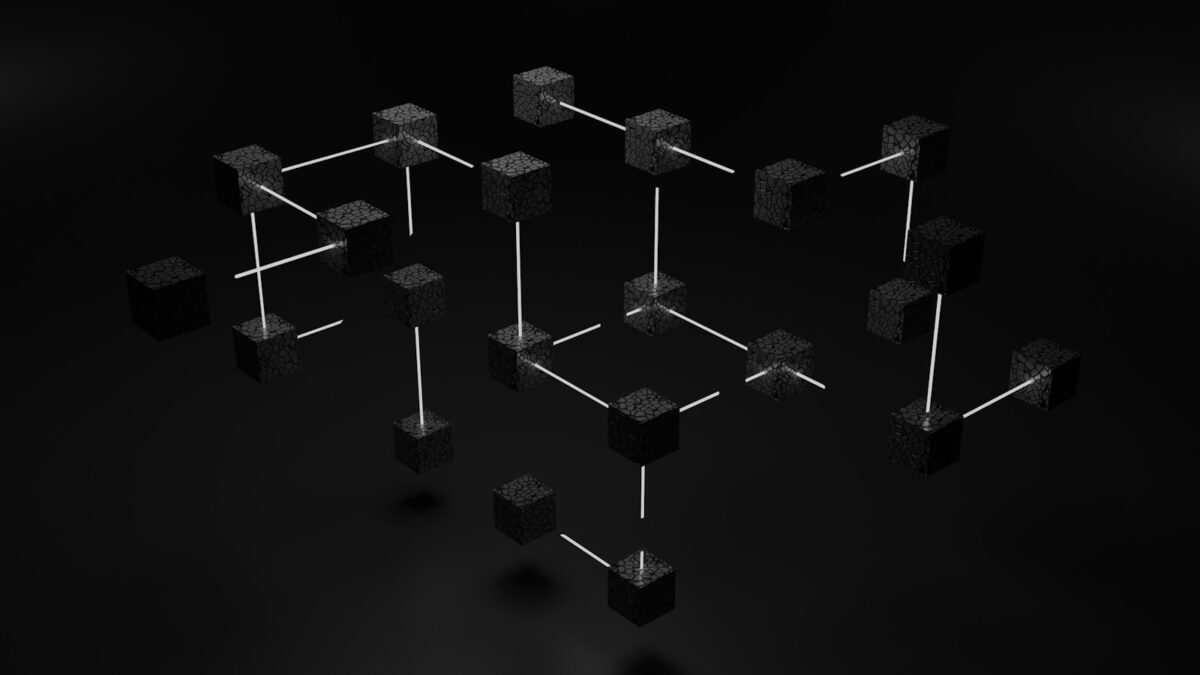Decentralization vs centralization
Authority concentrated in a single entity allows streamlined decision-making but risks excessive censorship and abuse of power. Systems relying on unified governance often face challenges in maintaining transparency, as control is tightly held within limited channels. This central grip can stifle innovation and provoke resistance among stakeholders seeking autonomy. On the other side, spreading influence […]










